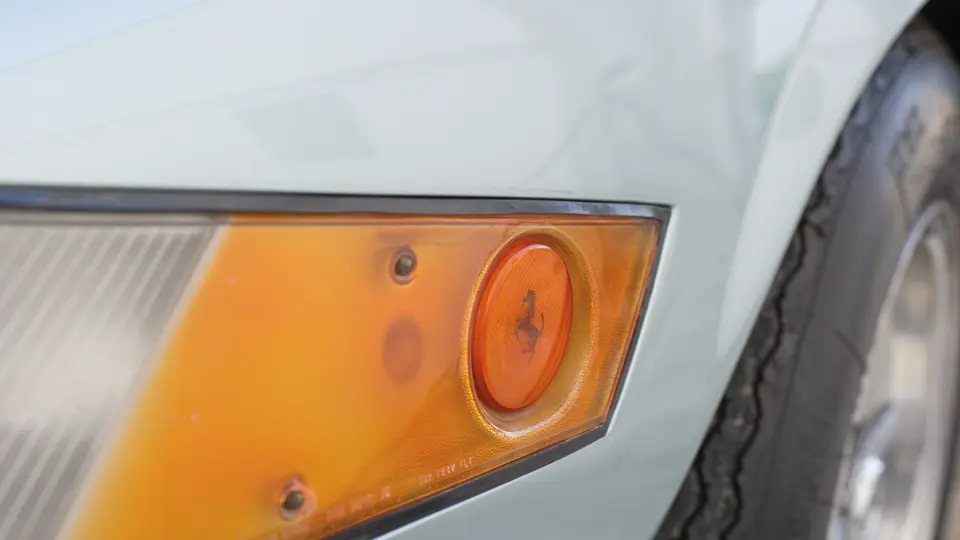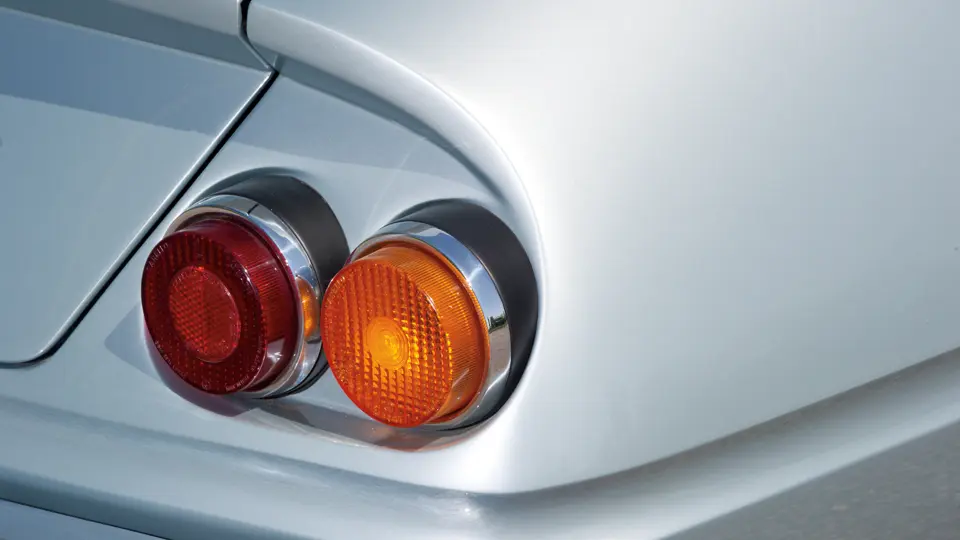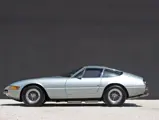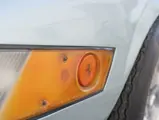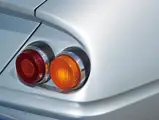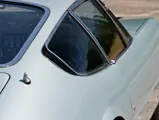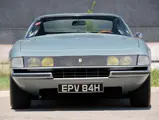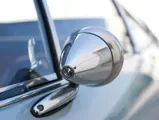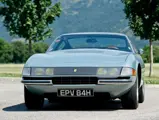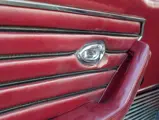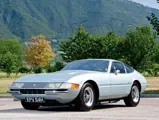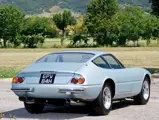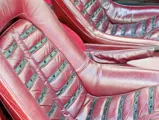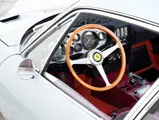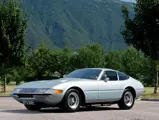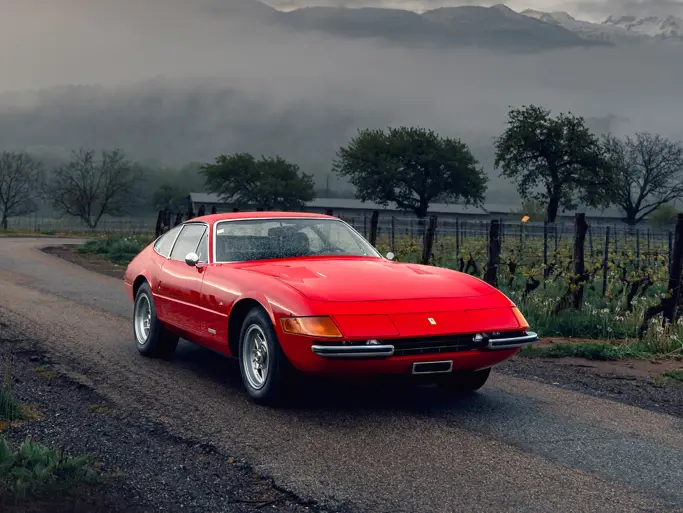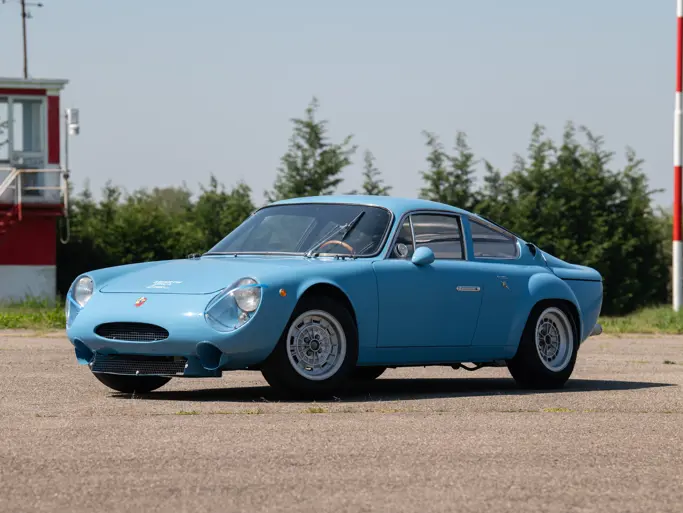352 bhp, 4,390 cc double overhead camshaft V-12 engine with six Weber 40DCN20 dual-choke carburettors, five-speed manual gearbox, independent front and rear suspension with unequal-length A-arms, coil springs, and telescopic shock absorbers, and four-wheel servo-assisted hydraulic disc brakes. Wheelbase: 94.5 in.
• Exceptional early-European example
• One of ten believed to have been delivered in Celeste Metallizzato
• Ferrari Classiche certified; fully documented with matching numbers
• Recently restored by noted experts in 2011
At the 1968 Paris Salon, Ferrari introduced what many considered a fantastic tour de force, the 365 GTB/4. Never officially called “Daytona”, the car remains notable as the last road-going front-engine model designed before Fiat essentially took over the production side of Ferrari in 1969. Externally, the new 365 GTB/4 benefitted from yet another timeless Pininfarina body design executed by Scaglietti. Power was provided by the Colombo-derived Tipo 251 V-12 engine, which displaced 4.4 litres and featured four overhead camshafts and six Weber twin-choke carburettors. Output stood at about 350 brake-horsepower, sufficient for remarkable 0–100 km/h times of just 5.9 seconds and a reported top speed of 280 km/h (174 mph). Road & Track testers independently confirmed its breath-taking performance, and without doubt, the Ferrari 365 GTB/4 distinguished itself as the world’s fastest production car.
Noted racing driver Sam Posey echoed this sentiment in 1974, as he participated in a comparison test at Riverside Raceway. Speaking of the road-going version of the Daytona, Posey remarked, “It’s fantastic. I’ve never driven a street car that can do what this one can—handling, power, predictability; it has it all.” More recently, five-time Le Mans winner Derek Bell remarked that his own Daytona was almost as fast as the competition variants he had raced at Le Mans during the 1970s. In true grand touring style, this incredible performance was complemented by power brakes, optional air conditioning, and a leather interior with luxurious Connolly hides.
Completed on 22 July 1970, the outstanding example presented here, chassis number 13653, was delivered new to Franco-Britannic Autos SA in Paris-Levallois, France, and it was originally finished in Code 106-A-16 Celeste Metallizzato with a Code VM 893 Rosso Scuro interior. It is believed that only ten examples were originally finished in this stunning colour. A left-hand drive, European-specification example, this Daytona was also originally fitted with the desirable Plexiglas nose, as opposed to the later front-end treatment with retractable headlamps. Chassis number 13653 is known to have been owned by Mr Bernhard Aschain, a French collector who had it registered on Parisian license plates. In April 1981, Aschain sold 13653 to Pierre Landreau, who retained the car until December 1995. At that time, the Daytona showed about 87,000 km, and the engine was noted to have been rebuilt to original specifications. Chassis 13653 was purchased by Mr Edgar Schermerhorn in October 1996, and it benefitted from careful storage, maintenance, and limited use under his care, remaining in mostly original and unrestored condition.
The current owner purchased 13653 in 2009, and though the car was already a very nice example, he decided to embark on a meticulous restoration to bring this early Daytona back to its original configuration. Work was performed by the best workshops in Italy in 2011. The mechanical restoration of the engine, suspension, brakes, and transmission was handled by Autofficina Omega, while it was then sent to Carrozzeria Sport Cars Modena to be refinished in its original combination of Celeste Metallizzato over Rosso Scuro leather. While the brightwork, seals, and carpet were refinished or replaced as needed, the original leather interior, including the seats, console, and door panels, was preserved, as the interior remained in exceptional condition.
Certified by Ferrari Classiche in 2009, this Daytona is complete with FIVA papers, Borrani wire wheels, bucket seats, Nardi wooden steering wheel, a Voxson radio, air-conditioning, as well as an original tool kit. In addition, its extensive history file includes CDs with photos of the work performed, as well as numerous invoices, articles, and photos of the car. It took part in the Ferrari tribute to Mille Miglia in 2011, attesting to the quality and condition of 13653. Furthermore, this Daytona has been extensively test driven by an RM specialist who can provide a detailed account of how the car drives as beautifully as she looks.
Although the Daytona was initially conceived as an interim model for the long-awaited 365 GT4 Berlinetta Boxer, it was released as the fastest and, for legions of Ferrari enthusiasts, the most desirable car in the world. While Ferrari ultimately conformed to the rising trend of mid-engine “supercars” with the Berlinetta Boxer and Testarossa, the classic Ferrari formula of a front-mounted V-12 continues to show its appeal in Ferrari’s current road models. Four decades after its début, however, the 365 GTB/4 Daytona still maintains its glorious status among the sports car elite and is a cultural icon in its own right.
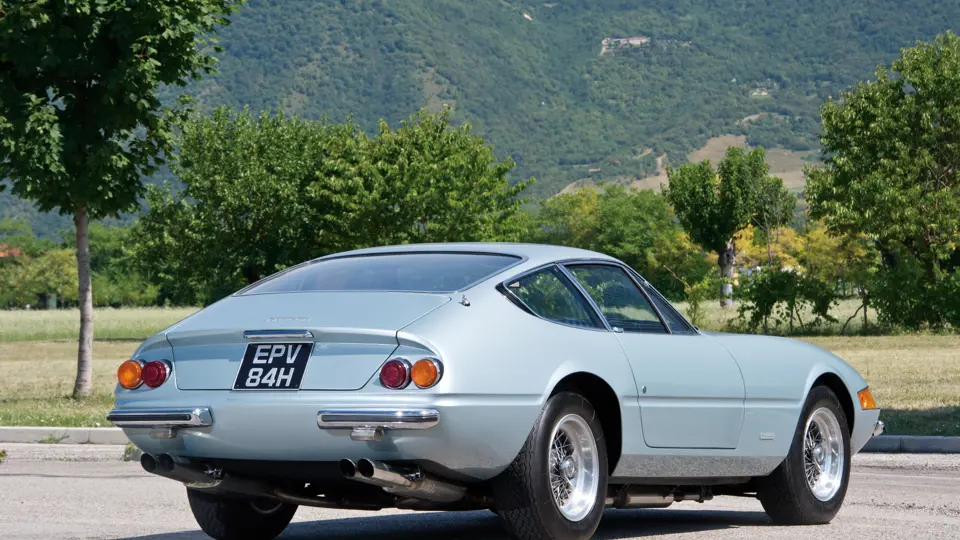
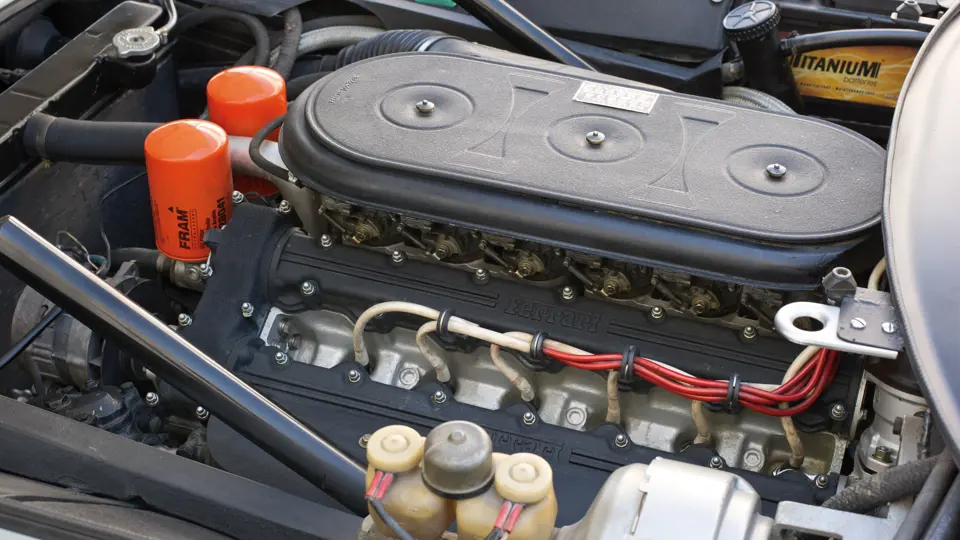


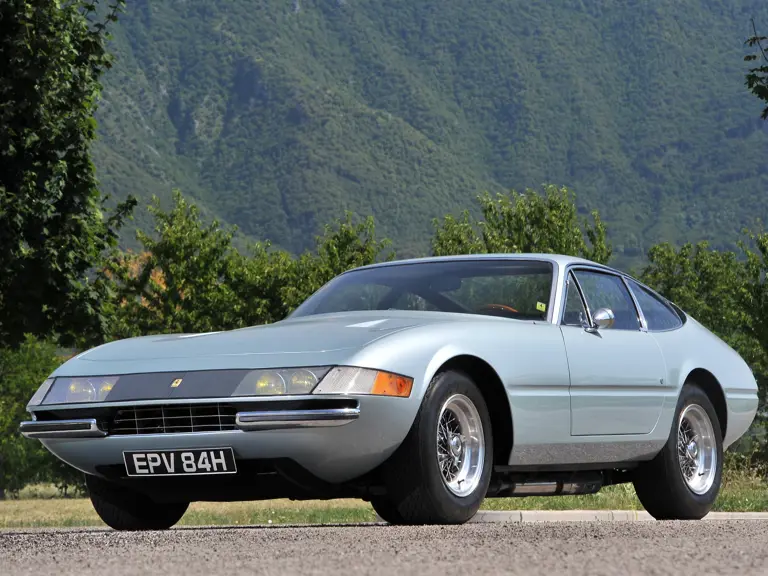
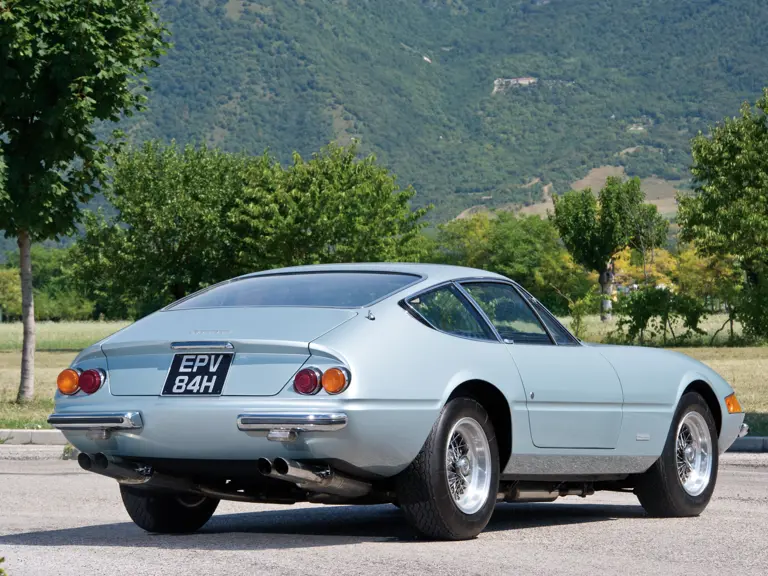
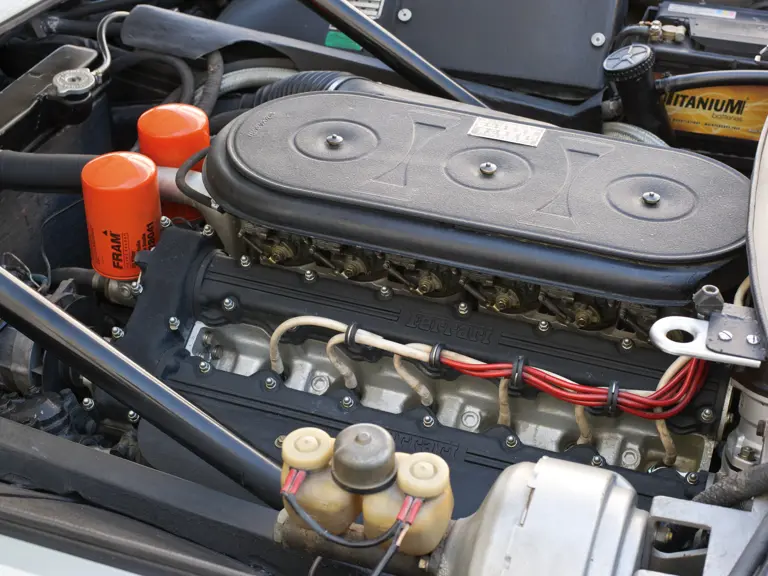
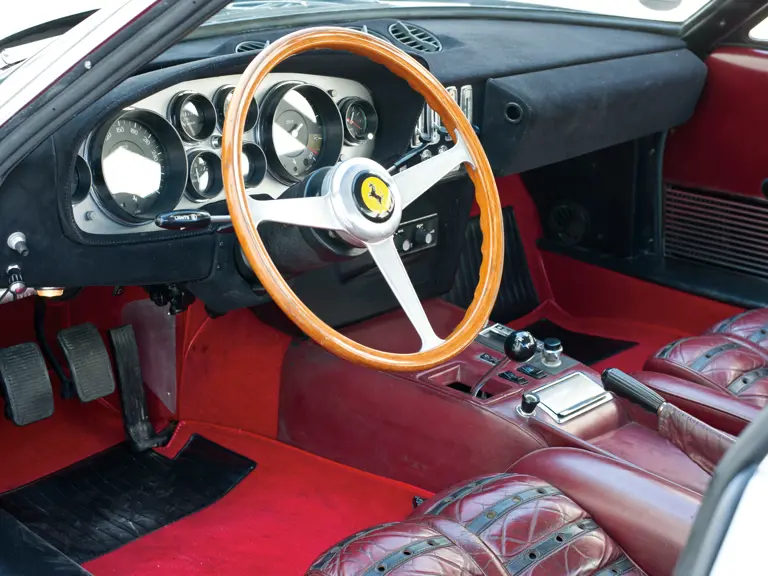
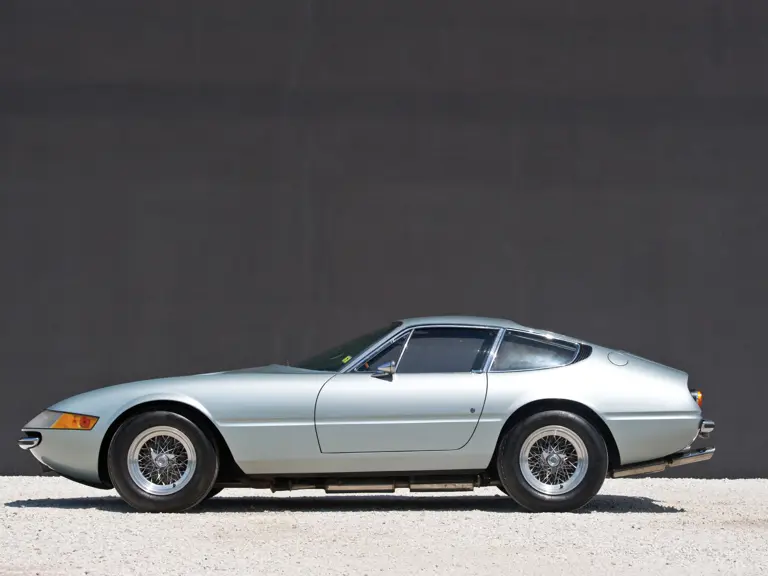
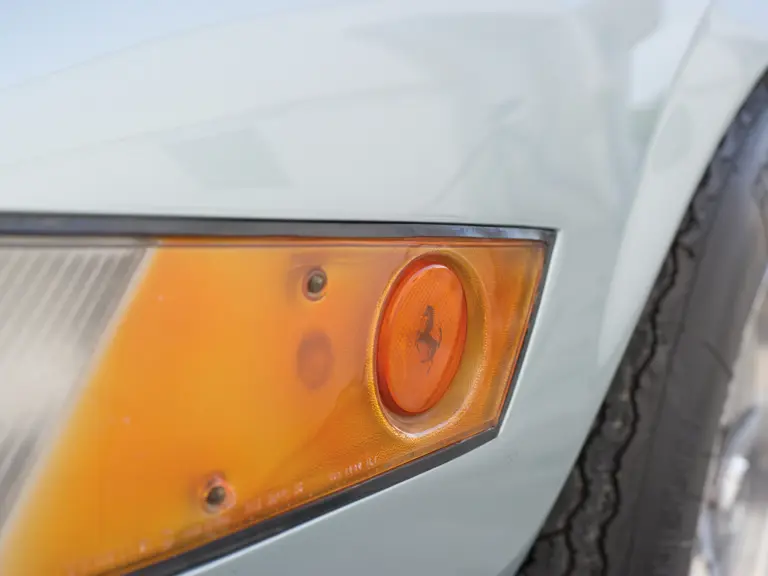
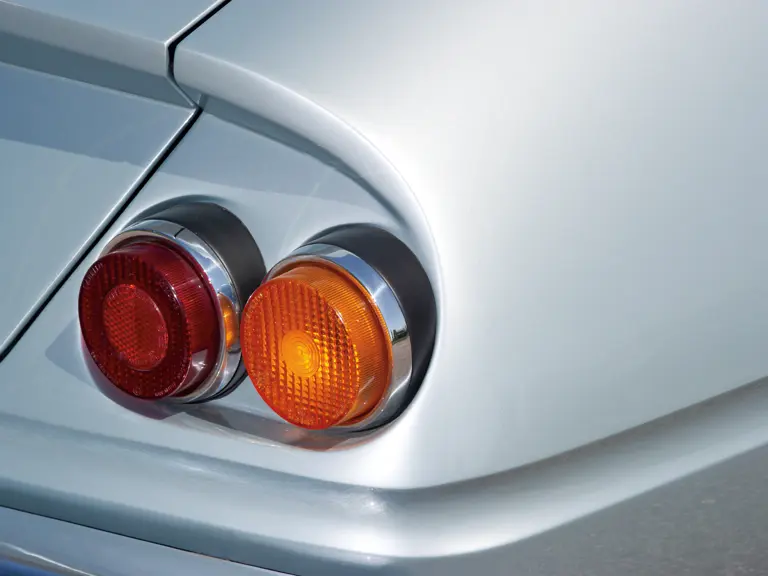


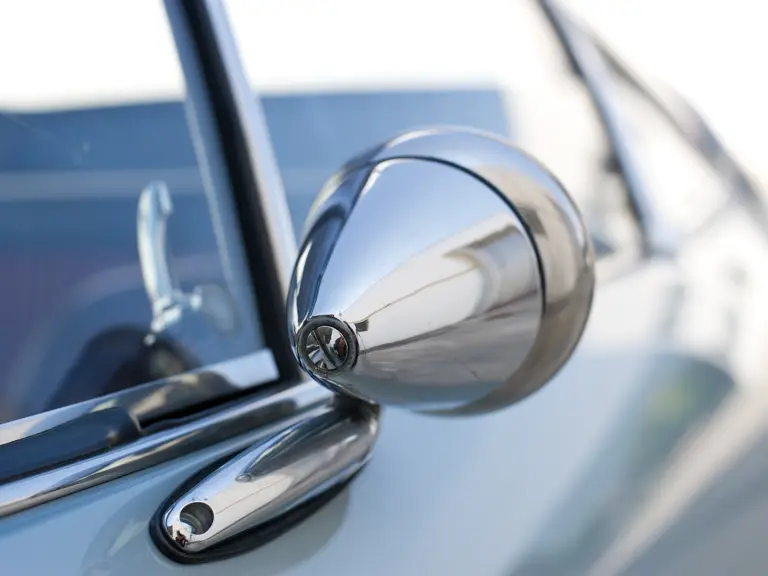

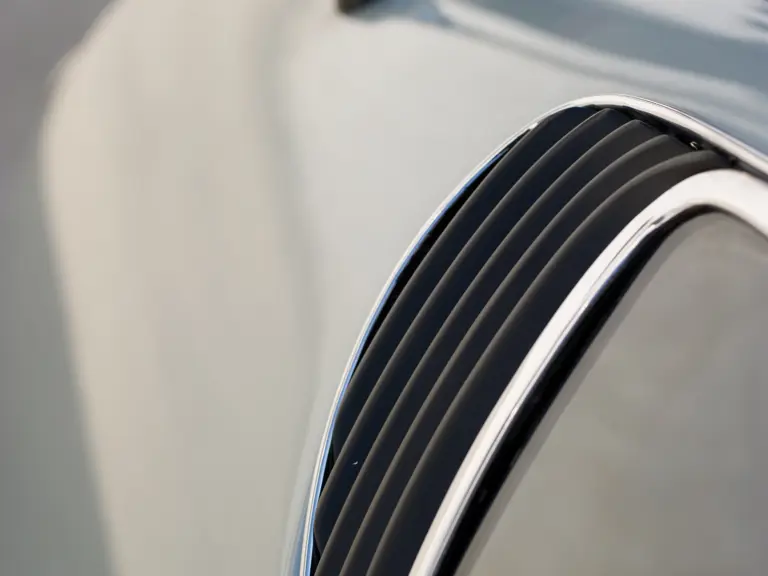
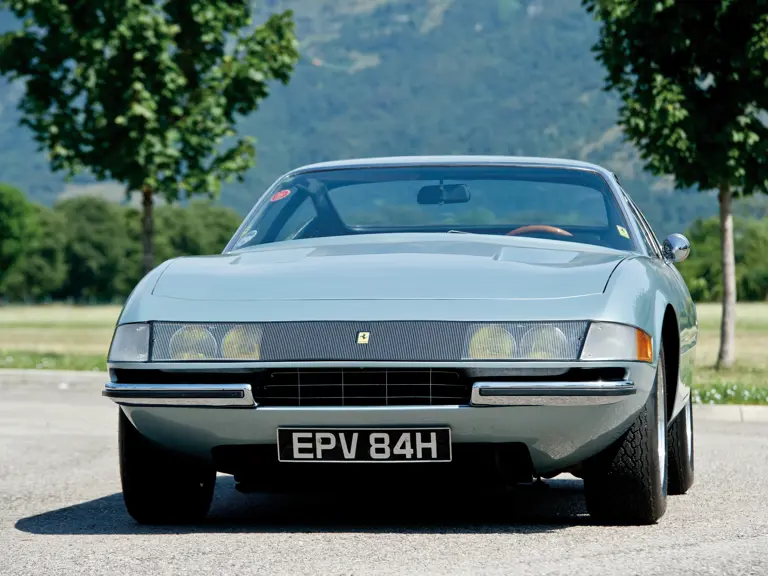
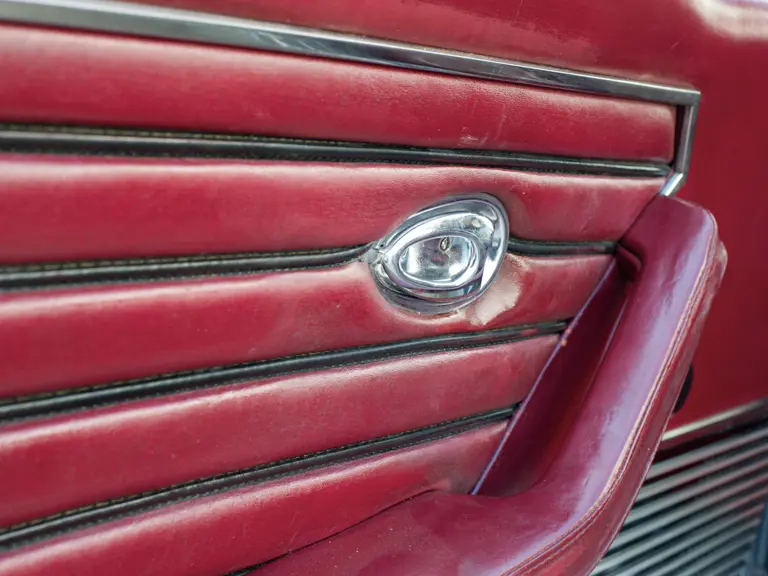
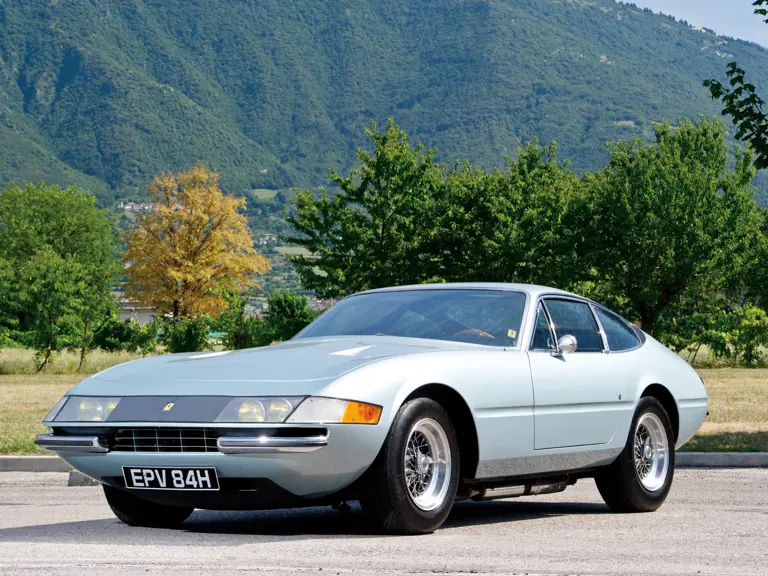
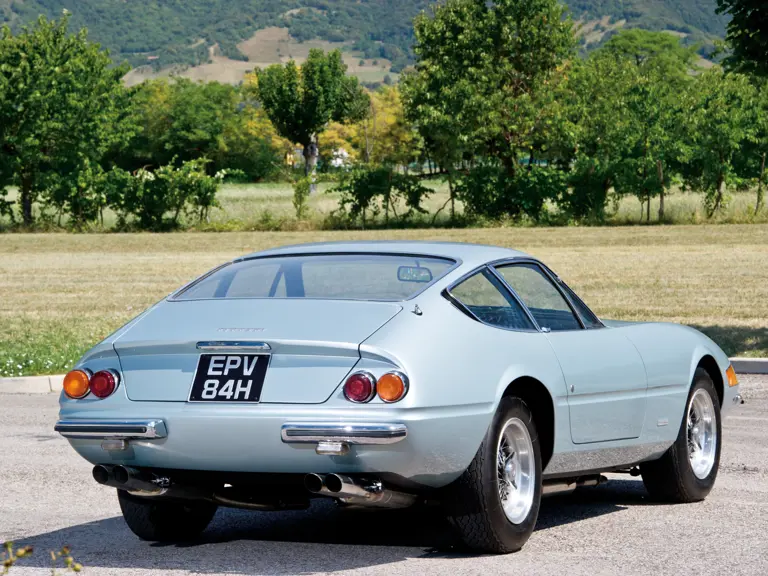
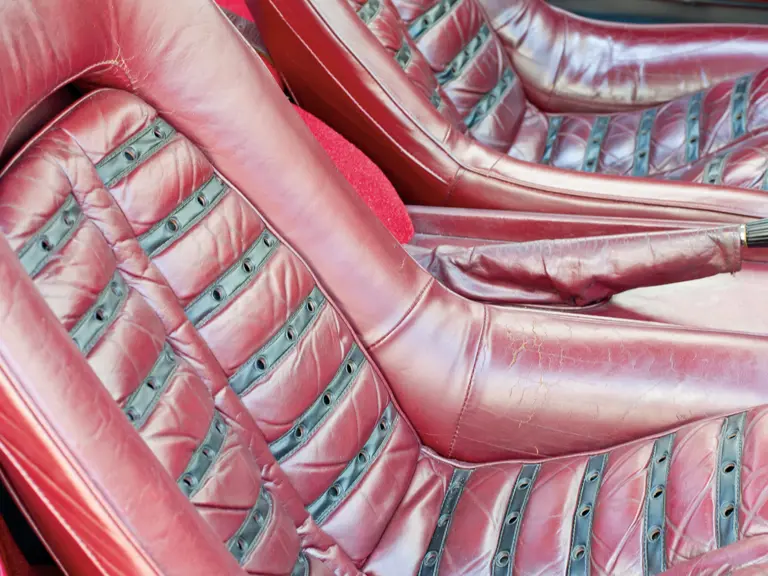
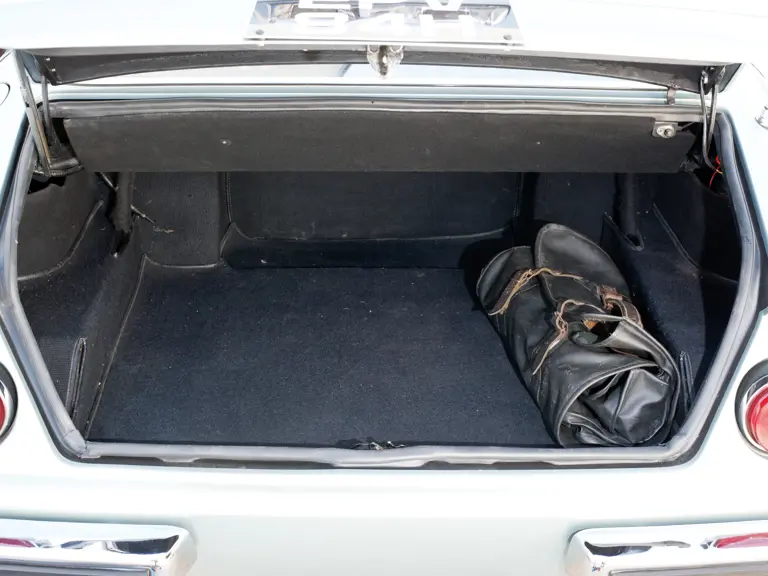

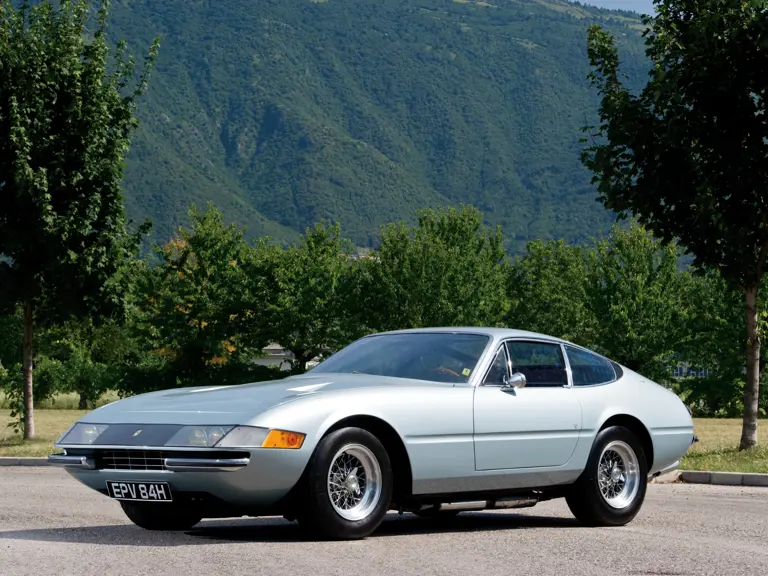
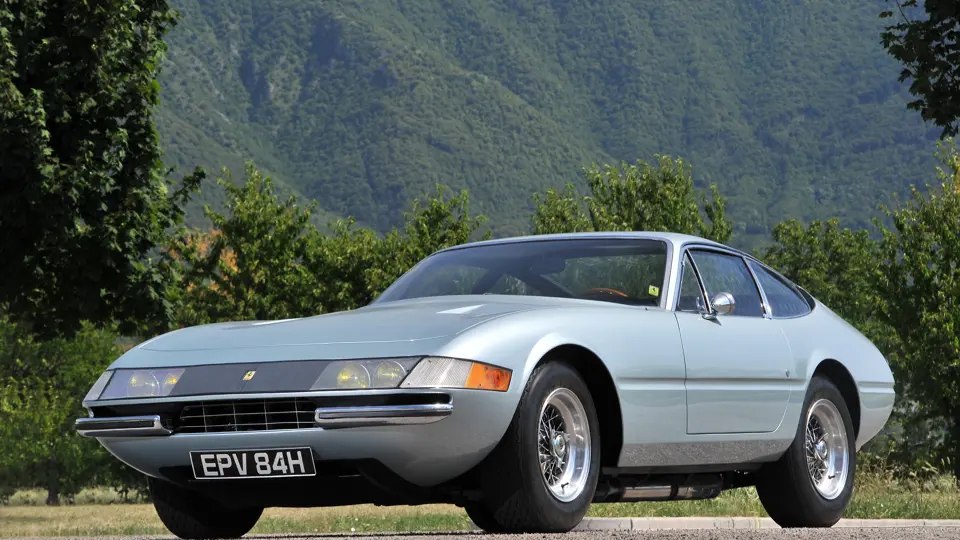
 | London, United Kingdom
| London, United Kingdom

